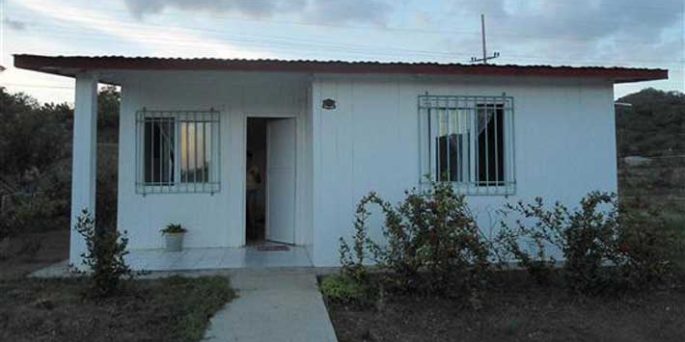
Cuba builds ‘petrohouses’ for disaster victims
HAVANA — Baracoa and Maisí, cities in Cuba’s easternmost region that were severely damaged by Hurricane Matthew, will benefit from the construction of housing by Venezuela’s Petrocasas system.
The news came after a visit to those cities by Cuba’s First Vice President, Miguel Díaz-Canel Bermúdez, who toured the areas where these buildings could be erected.
The buildings are not made of plastic. Within the walls you find concrete blocks and iron rods. The forms, however, are made of polyvinyl chloride (PVC), a product also used for the exterior finishing, according to Enrique de Majo, director of the Venezuelan project Petrocasa.
The homes are capable of withstanding strong storms as well as earth tremors, so they’re suitable for the conditions in Cuba’s eastern region, which is subjected to both phenomena.
Another virtue of this type of construction is the low cost of a one-family house, which ranges from 12,000 to 15,000 dollars. The construction itself can be accomplished from 10 to 15 days, according to the building’s dimensions. In Venezuela, 10 houses of this type were built within 12 days.
Venezuela provided Cuba with 100 “petrohouses” in 2005, when it delivered them to the western province of Pinar del Río. That housing project was called Villa Bolívar.
Villa Bolívar was inaugurated in 2005 by presidents Hugo Chávez and Fidel Castro Ruz to house the people left homeless by Hurricanes Isidore and Lili in 2002. The storms severely scourged Cuba’s western region.
Venezuela’s solidarity also was demonstrated by the construction of 30 “petrohouses” in the town of Abra, in Pinar del Río province.


